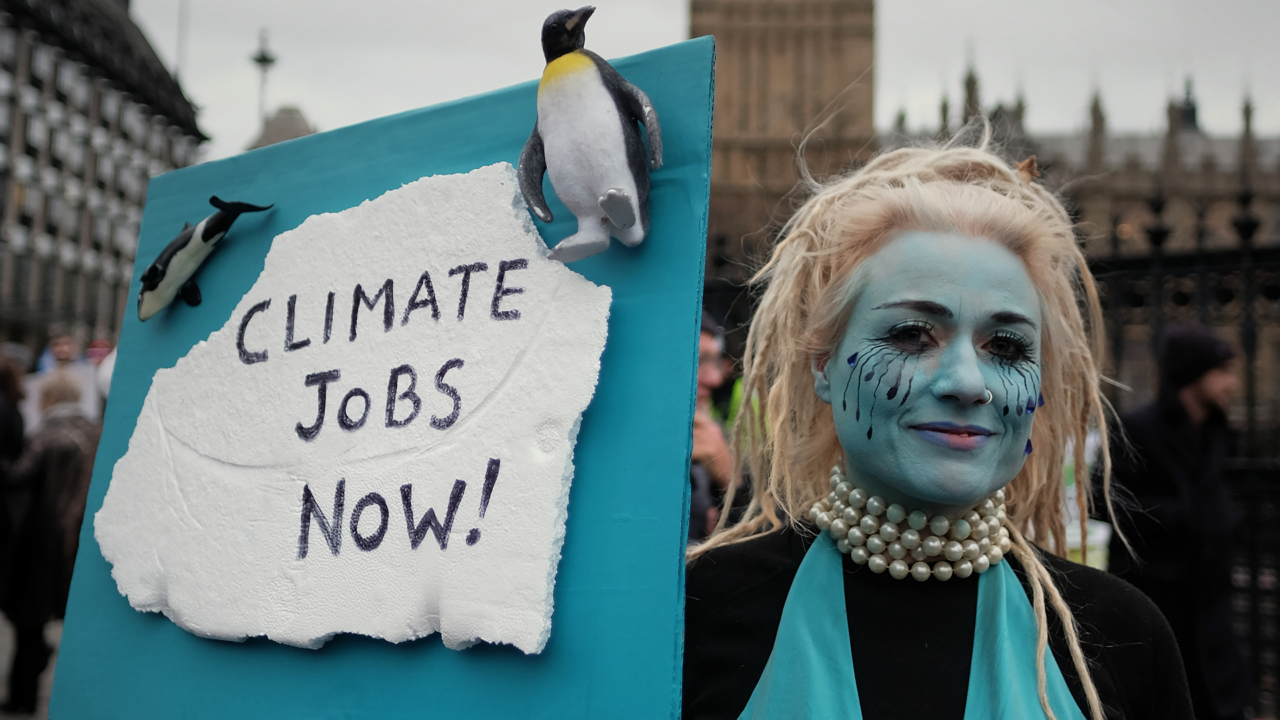60% of Gen Z workers are reportedly keen to launch their green career in the next 5 years, but less than 20% have any idea about where to begin.
Existential dread about the state of the climate is part and parcel of being a Gen Zer, but many of us want to avoid the pit of nihilism by jumping into green careers.
Unfortunately, however, information and guidance on how to get started is extremely scarce. New analysis from LinkedIn states that only one in 20 Gen Z workers have acquired the specific skills needed for those jobs and even fewer know where to begin.
‘Gen Z are hungry to work on this,’ says Efrem Bycer, a sustainability and workforce policy expert at LinkedIn. ‘They care a lot. They’re anxious about it, and they want to figure out how to translate that anxiety into action.’
If you’re after a career in the arts, construction, fashion, or science there is an abundance of routes to take to put yourself in good stead. The yellow (or green) brick road to securing an eco-conscious position, meanwhile, probably isn’t well known by your old UCAS rep.
The misconception about green job availability
A common misconception among Gen Z students and workers is that there are not enough green jobs available, when, in-fact, the opposite is true.
This sector is rapidly increasing, spanning from renewable energy to climate tech startups. LinkedIn’s reports highlights that the growth rate is almost double that of the overall workforce with green skills, which is obviously a problem.
Now, it’s worth noting that a job doesn’t have to be explicitly ‘sustainable’ by nature to apply. There are companies making a sizable environmental impact without effectively communicating the fact, and that can deter Gen Z job seekers off the bat.
Bycer suggests that the climate potential of various roles must be underscored in job listings going forward. Someone involved in the supply chain of a company, for instance, could identify and support sustainable companies through partnerships – though that may not be immediately clear in a listing on Indeed.
‘If you’re hiring for a sustainability manager, it’s [green potential is] obvious. But if you’re hiring for a software engineer, maybe it should show up there too. Maybe it should show up for somebody who works in marketing,’ says Bycer.
Before reaching this point, though, there’s the crucial matter of acquiring green skills.
In addition to making the world a better place, green skills, implemented correctly, has the potential of creating 8.4million jobs for the youth.#RaiseYourVoice pic.twitter.com/ZmViyOs0ZS
— Raise Your Voice CBO (@RaiseYourV_oice) August 16, 2023



















